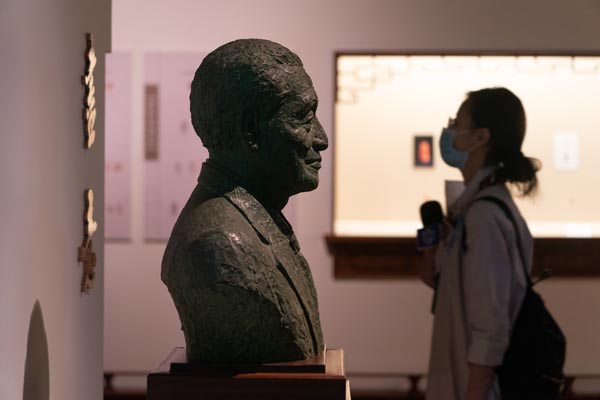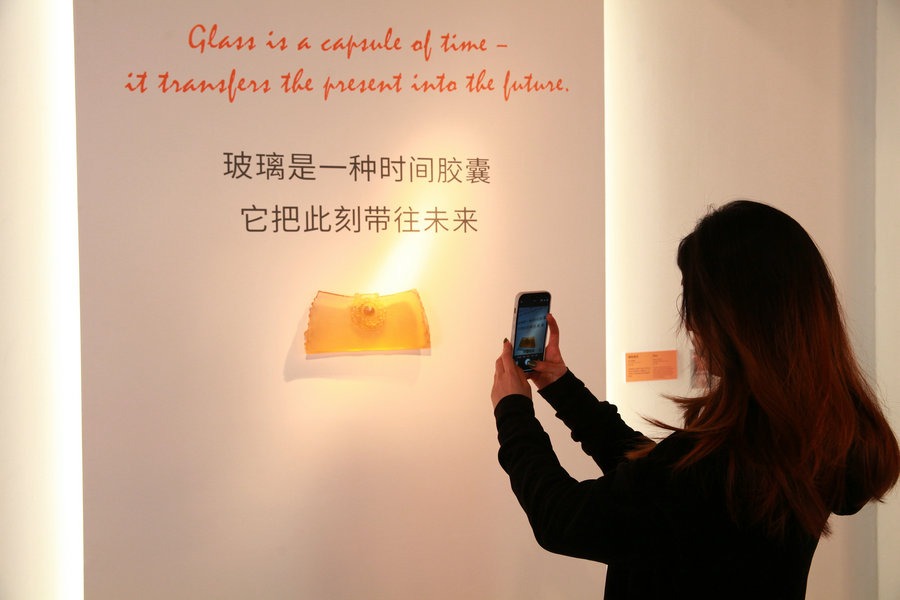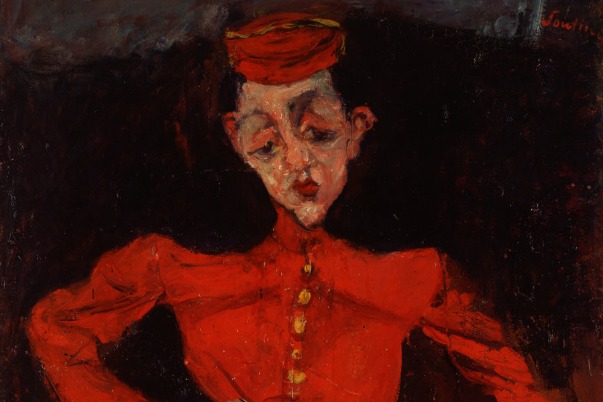Works of famous calligrapher on show


Zhao was born in Anqing of Anhui province in 1907 and arrived in Shanghai when he was 13. Here, he became a Buddhist, building a close friendship with eminent monks of the time as he believed it was his mission in life to serve the people and society.
As early as in 1928, Zhao became a leader in Buddhist associations in Shanghai and the Yangtze Delta regions. In 1938, as a religious leader and active member of the national salvation movement against the Japanese invasion, Zhao built a home for orphans and refugees of the war, sheltering up to 500,000 people.
During this period, he became close friends with members of the Communist Party of China, and it was with his help that a large number of young refugees joined the communist army to fight against the Japanese invaders.
"He spent 35 years in Shanghai. It was here that he turned into a patriot, a social activist and a scholar. Because of his deep feelings for the city of Shanghai, we made the decision to donate his relics to Shanghai Museum," says his niece, Zhao Wen.
According to Yang Zhigang, director of Shanghai Museum, a special exhibition hall will be built in the new east wing of the museum to serve as a permanent display for Zhao's relics.
"Shanghai Museum will do its best to research and introduce Mr Zhao Puchu's works. We believe this is the best way to commemorate him," says Yang.
The exhibition consists of four chapters, each reflecting aspects of his personality and achievements: The first, A Legendary Patriot, features his writings about China's development and social changes; the second chapter, named A Titan of Arts and Letters, presents his handwritten poetry; the third part is A Vimalakirti of Today, which details his understanding of Buddhism and his work promoting religious tolerance and Chinese religious policies; and the last chapter, A Man of Virtue, consists of writing that reflects upon his life of selfless contributions and righteous conduct.





































